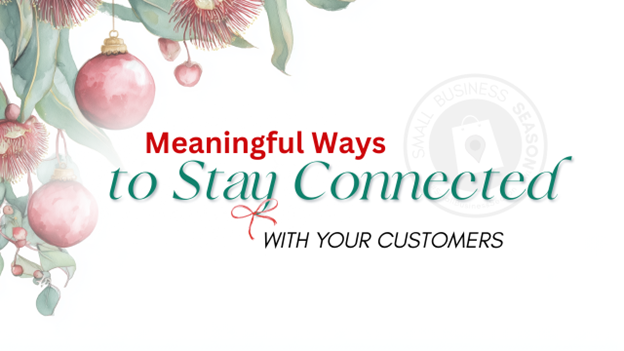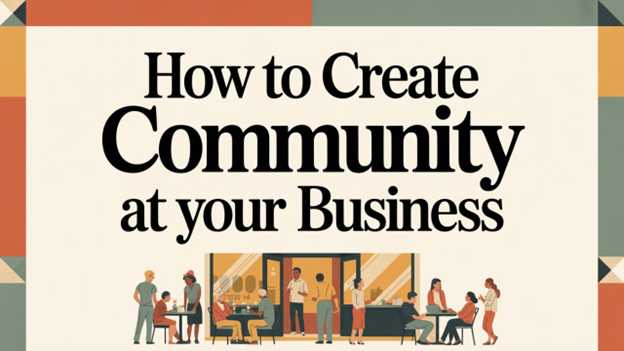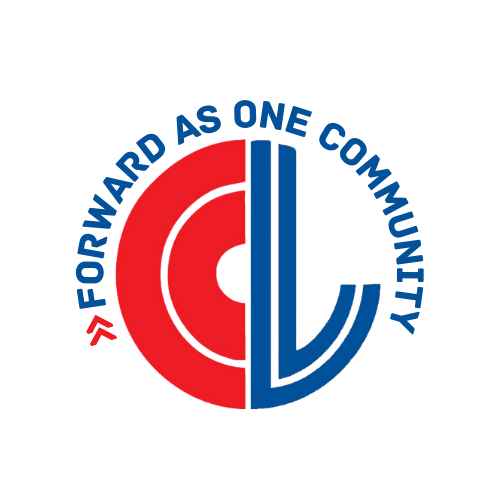Why Agility Is One of the Most Important Things in Your Marketing
The market is volatile. No, we’re not talking about stocks. The needs and desires of your audience are evolving, and your business marketing needs to follow suit. If you’re not practicing agile marketing, you’re going to fall behind.
Agile marketing is one of the most crucial aspects of marketing for businesses today. It offers significant advantages in an ever-changing marketplace. And the public’s expectations surrounding it (bet you didn’t know they already expect agility in marketing) can mean a potentially costly mistake for businesses that aren’t implementing it.
What Is Agile Marketing?
Agile marketing is the practice that allows marketers to adapt to changing environments, whether that be social media trends, customers’ needs/desires, or responses using emerging technologies. When you are an agile marketing shop, you can make changes to your current campaigns quickly for the benefit of your customers and ideal audience.
If you’re a solopreneur, you are likely already doing this. But as your company grows, and departments emerge, agility often becomes a larger task and must be purposely addressed.
Let’s break that down…
Key Benefits of Marketing Agility
One of the main benefits of marketing agility is rapid adaptation. Companies with agile marketing capabilities swiftly respond and adapt to market trends, consumer behaviors, and emerging technologies. They are relevant and competitive in a fast-paced environment.
Agile marketing facilitates quicker decision-making, allowing teams to test and iterate strategies in real-time. They’re more effective in their data-driven marketing efforts.
By emphasizing flexibility and responsiveness, agile marketing enables businesses to better meet customer needs and preferences. This customer-centric approach fosters stronger connections with target audiences and drives loyalty.
Companies that embrace marketing agility gain a significant edge over their competitors.
With agile marketing you can:
· deliver products and services faster
· capitalize on new opportunities
· effectively respond to customer feedback
· have more fun with social media trends while gaining greater reach
It may seem like a small thing but having a team that can identify trends, create quick content, and exploit the trends can astronomically increase their audience overnight. Conversely, those that must run all marketing through multiple departments before getting approval will likely miss these opportunities for greater visibility.
So, how do you adopt agile marketing practices? Isn’t planning to be less of a planner an oxymoron?
Implementing Agile Marketing
To harness the power of agility in marketing, businesses should consider the following strategies:
· Foster a Culture of Flexibility and Empowerment. Encourage a mindset of continuous learning and customer-led marketing. Empower employees to make decisions based on your mission. It’s difficult to be agile with multiple levels of signoffs required.
· Leverage Data and Technology. Utilize real-time data analytics and advanced technology to enable personalized and effective marketing strategies. See the next section about Agility in Action for a real-world example of why this is important.
· Work in Sprints. Implement short, focused marketing campaigns to drive rapid progress and allow for frequent reassessment of effectiveness.
· Promote Cross-Functional Collaboration. Encourage communication and teamwork across different departments/areas to enhance problem-solving and innovation. Each of your teams may have a different view or knowledge of your target audience.
Agility in Action
Hurricane Helene impacted people in six states, nearly 200 people lost their lives (at the time of this writing), and over 150,000 households have applied for disaster assistance (this number is expected to rise rapidly over the next several days). The impact of this storm was much larger than most and if you market nationally, your marketing should’ve reflected this in some way.
Agile marketers tweaked or paused their messaging. Many large marketers did not. Facebook is a prime example of this. Although, to be fair, it was an ad from a business and not Facebook directly.
Facebook populated my stream with a paid post about swimming lessons when my street was underwater. While the irony (or perfect fit) made me laugh, it didn’t do the business that had paid for the ad any favors. They should’ve paused it. (Of course, the day after the flood receded my stream became home to all sorts of remediation and hardware store ads. The algorithm was working overtime that day.)
Next, I saw major retailers email (and text) marketing to my area with the same marketing campaigns they had been running prior to the storm.
With today’s access to data, this made them appeal callous and clueless. More is expected of businesses because of technology. Perhaps if it had just been my little town impacted, I wouldn’t have thought anything about their campaigns but since six states were involved, they looked like a prescheduled business with no one behind the wheel.
When there is a major news event (flood, fire, school shooting, or other devastation), at the very least, review the content of your prescheduled social media posts. You don’t want to post about it being a lovely beach day in the middle of a devastating hurricane, for instance. Email campaigns should also be assessed.
Marketing agility can help you from making a PR blunder when marketing nationally. It is a critical factor for business success. People know you have the data; they expect you to use it for good.
Many businesses have spent years collecting data. They’ve used to personalize their marketing. Because of this, they’ve created an expectation around personalization. If you have embraced personalization to get your customers’ attention, you need to be prepared to use it for assistance as well.
By implementing agile principles, you can enhance your business’ adaptability, improve customer engagement, and gain a competitive edge. As the business landscape continues to evolve with new tech, the ability to pivot quickly and effectively will remain a key differentiator for successful organizations and help humanize your business as well.
--------------------
Christina Metcalf is a writer/ghostwriter who believes in the power of story. She works with small businesses, chambers of commerce, and business professionals who want to make an impression and grow a loyal customer/member base. She loves road trips, hates exclamation points, and believes the world would be a better place if we all had our own theme song that played when we entered the room. What would yours be?
_______________________________________
Twitter: @christinagsmith
Facebook: @tellyourstorygetemtalking
LinkedIn: @christinagsmith




